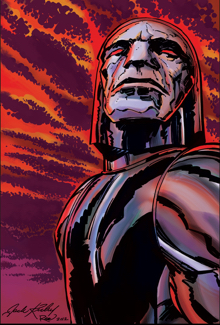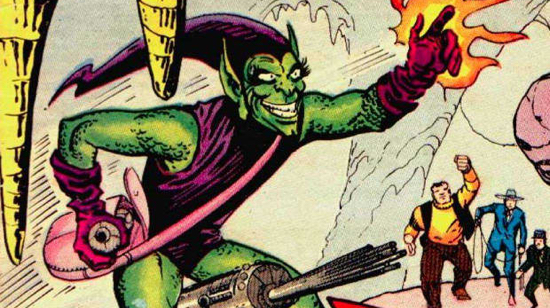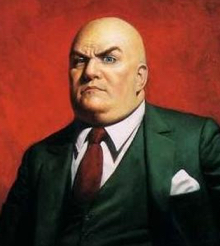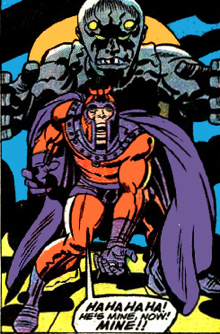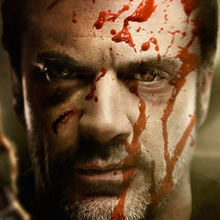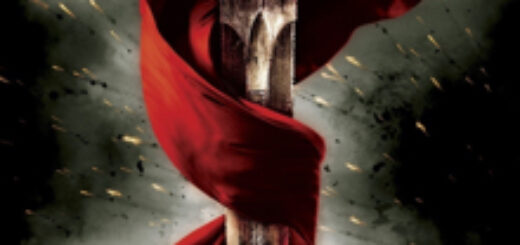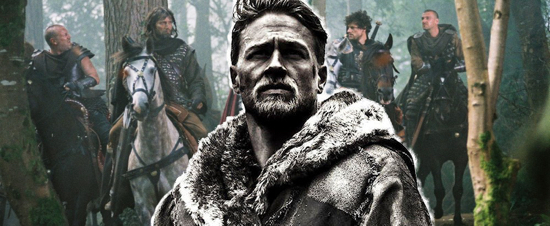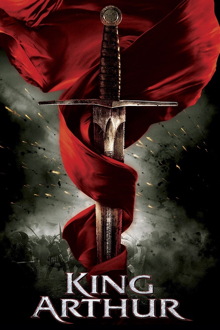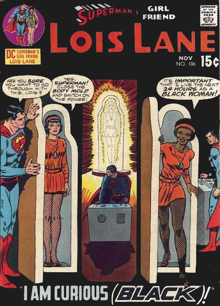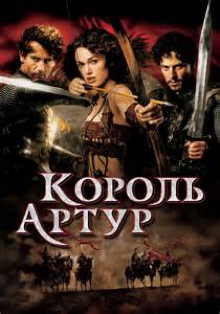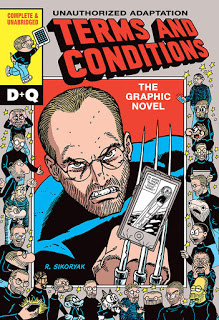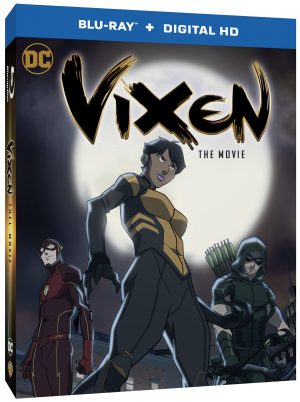Mindy Newell: The Sound Of Breaking Glass?

“Be careful of mankind, Diana. They do not deserve you.” —Queen Hippolyta
Will the Amazonian be the woman who finally breaks the Hollywood glass ceiling?
Wonder Woman, starring Israeli actress Gal Gadot as Princess Diana of Themiscrya, premieres on June 2, just 12 days away, and the fate of all the superwomen and their eponymous movies who would follow her lies in the ability of her sword-wielding, shield-bearing, gold lassoing hands and her armor-plated breast to vanquish the biggest and baddest super-villain of them all: Box Office.
I’ve watched every trailer and clip that Warner Bros. has released, and though they were all great, the very best of all of them, im-not-so-ho, was Batman vs. Superman: Dawn of Justice. Every time Ms. Gadot showed up, whether it was in her guise as Diana Prince or as Wonder Woman, the movie morphed from an overbearing, weighted down slog through mud into a wonderama gliding with the agility and talent of an Olympian figure skater. Her Diana Prince was a woman of intriguing mystery and integrity, and her Amazon alter-ego was a wonder of heroic strength and bravery. She is possessed with incredible beauty and stature, the natural grace of a gazelle, and quiet yet undeniable assurance. The camera loved her; so did I, and I walked out of the theater knowing that Ms. Gadot is a worthy inheritor to the role that made Lynda Carter a star and icon for girls and young women coming of age during the 1970’s.
I know that I have previously said that I thought placing the movie during WW I might be a mistake. But after watching (again) all the Wonder Woman clips and previews and that bit from BvS—in which Bruce Wayne discovers the picture of a “meta-human” captioned “Belgium, November, 1918” and starts putting “1 + 1”—I have what I think is a pretty good idea as to why the movie is set when it’s set. (Of course, I will have to wait to see if I’m right…and I’ll let you know if I was, okay?)
Meantime, the Twitter universe has lit up with early reviews, released on Thursday, May 18; here are some examples:
Indiewire’s Kate Eerbland:
WONDER WOMAN: Easily my favorite DCEU film. Has the humor and heart the franchise so desperately needs. Gadot and Pine are charming as hell.
— Kate Erbland (@katerbland) May 19, 2017
Courtney Howard @Lulamaybelle:
My reaction to @WonderWomanFilm : exciting, powerful, bold, epic, simply wonderful and – best of all – absolutely empowering.
— Courtney Howard (@Lulamaybelle) May 19, 2017
Mike Ryan, Senior Entertainment Writer at Uproxx:
Loved WONDER WOMAN. She reminds me of Christopher Reeve's Superman: true north superhero w/ no angst or cynicism, which is needed right now.
— Mike Ryan (@mikeryan) May 19, 2017
Umberto Gonzalez@elmayimbe:
#WonderWoman is hands down the best DCEU Film to date! Film is SO GOOD. I absolutely loved it! Bravo @PattyJenks @GalGadot @GeoffJohns ??⚔️
— Umberto Gonzalez (@elmayimbe) May 19, 2017
Every tweet I read reflected what I felt and saw on the screen in BvS. Gal Gadot is to Wonder Woman what Christopher Reeve was to Superman. And it may just be that the answer to the question posed up above will be a resounding yes.
Only the gods and goddesses know.
We all have mothers. I had a mother of a cold last week, and since Sunday was Mom’s day, I thought I would take a moment to honor all those women who have taken on the absolutely hardest job in the multi-verse, even though it’s 24 hours late.
I think the best known mother in the four-color universe is the farmer’s wife from Smallville who, with her husband, found and raised the “strange visitor from another planet” who would grow up to become the one and only Superman. Although I’ve always known that farmer’s wife as Martha Clark Kent, her name varied for quite a while; she was known as Mary Kent in Superman #1 (1939), but in George F. Lowther’s 1942 novel, The Adventures of Superman, and on the radio program for which Mr. Lowther was a writer, Mrs. Kent’s first name was Sarah, which also followed her to the George Reeves television series of the same name. (The Adventures of Superman, Episode 1, “Superman on Earth,” written by Richard Fielding) Jerry Siegel and Joe Shuster finally settled on “Martha” sometime in the 1950’s, and since then, every variation of Superman’s mom on the page and on television and in the movies has been known by that name.
Several actresses have played Ma Kent on the big and small screens. Virginia Carroll was the first to play her in the 1948 movie serial that starred Kirk Alyn as the Man of Steel, in which her name was Martha. Francis Morris played Sarah Kent in the aforementioned The Adventures of Superman. Phyllis Thaxter was the perfect Martha to Chris Reeve’s Superman in the one and only Richard Donner film—and if you haven’t seen Donner’s version of Superman II, get on it, guys!!!!! The venerable actress Eva Marie Saint played her in Superman Returns, and Diane Lane is the most recent Martha, doing an admirable job in Man of Steel, Batman Vs. Superman: Dawn of Justice, and is about to return as Martha Kent in Justice League.
Television Marthas have been portrayed as younger and hipper. K Callan’s version, in Lois and Clark: The New Adventures, was a sixties-something woman whom you could easily imagine having burned her bra and marched with Gloria Steinem, Shirley Chisholm, Bella Abzug, and other women during the social upheaval of the ‘60’s. And I have a special fondness for Annette O’Toole, who played Martha on Smallville for the show’s entire run. (This was Ms. O’Toole’s second time around in the DC universe; she played Lana Lang in Superman III,) I think her Martha was innately every bit a feminist as K Callan’s, but, im-not-so-ho, I don’t think she ever needed her consciousness “raised”—she just instinctively understood that she was as equal and capable as her husband and any other man, and her choice to be a “stay-at-home” mom was just that—her choice. In later seasons, Senator Martha Kent went to Washington, representing the state of Kansas, although her political party was never stated; my own political leanings make her a Democrat, although in reality I think she would most likely be what in today’s political climate is called a RINO, which is pronounced like the animal and stands for Republican In Name Only—a pejorative for someone who is not considered conservative enough in their beliefs.
I also want to take some space here to give a shout-out to two very important moms in my life: Loretta Yontef Newell, my mom, and her granddaughter (and my daughter), Alixandra.
I haven’t all that often talked about my mom here—I’m really not sure why. She and my late dad were married for 69 years—they almost made it to 70 years, as their anniversary is coming up this June—and I know she was the linchpin for their relationship, for my dad adored her. I remember when we celebrated their 60th year of marriage; I said, “y’know, I gotta tell ya, there were times I was sure you two were headed towards divorce.” My father scoffed and said, “You’re nuts!,”; my mother wouldn’t even deign to answer.
She was a woman who was “feminist” in the same way that Annette O’Toole’s Martha was—raised to be able to stand on her own two feet in a time when most women were raised to become wives only, she first worked as a telephone operator before entering the U.S. Army Nurse Cadet Corps during WW II, and was stationed in Washington, D.C. as the war drew to a close. After the war she worked as a Labor and Delivery nurse at the Brooklyn Jewish Hospital—she commuted every day from Bayonne, taking bus, ferry, and subways!—where, she told me, she and her friends, after a long night delivering babies, went to the Paramount Theatre in Brooklyn to see a certain young singer from Hoboken whose first name was Frank and whose last name was Sinatra. (I could never get her to admit to being one of the “bobby-soxers” who screamed his name earlier in the decade.) She was also a school nurse, a medical-surgical nurse, one of the very first nurses to work with dialysis patients back in the day when the dialysis machines looked like giant rotors with a netting strung across their innards, and worked for the U.S. Public Health Service at a hospital on Staten Island, where one of her jobs was to ride a jetty out to the ships moored in Lower New York Harbor and give physicals to the merchant marine crewmen, clearing them for entrance into the States. She was a school nurse, a sleep-away camp nurse, and an ER nurse. And she did all this while being an involved wife and mother. My dad was always proud of his wife being a professional woman; and she was, for the longest time, the only one of their circle of friends who worked “outside the home.”
She made time for the kids (me and my brother), too. She encouraged us to read—leading her own two plus their reprobate friends to the public library—and took us into New York City to Broadway shows and museums. I think our elementary school teachers were afraid of her, because if she thought one of us had been treated unfairly, she didn’t sit on her hands.
When I was in second grade I went to my school’s library and wanted to take out “The Black Stallion,” by Walter Farley. The librarian would not allow it, saying that it was a book for the older grades. When my mother heard about this, she went up to the school and demanded that I be allowed to read whatever I wanted to read. Of course, I wasn’t present for this showdown, but I can only imagine what my mom said, because from then on I never had a problem.
Another time, I think I was in third grade, the class was assigned to read a biography and then write a book report about the subject. My mom took me to the public library, and I chose the story of Y.A. Tittle, the N.Y. Giants quarterback. When I handed in my report, the teacher gave it back to me, saying, “Little girls do not read biographies about football players.” Up went my mother, back to P.S. 29. Again, I don’t know what she said to the teacher, but I got an A+ on that book report—I’ve always wondered whether it was because it was an early example of my writing ability or because, simply put, the teacher was scared shit of my mother.
My mother never told me what she said, and now it is too late—right before my dad died, maybe two weeks prior, my mom had a stroke, and though she is not physically disabled, her cognitive abilities are, to put it sadly and simply, pretty much shot to hell. She now lives in the same nursing home, and on the same floor, where my father spent the last years of his life. Sometimes she is more “cognitive” than at other times—sometimes when I speak to her on the phone, she is almost my mother; and other times, most times, she simply cries and says she wants to go “home.”
The other mom I want to talk about is my daughter, Alixandra. She and her wonderful husband Jeffrey, my son-in-law the Doctor—he is a PhD. and a professor at Montclair State University in New Jersey—have a son, named after both grandfathers: Meyer Manuel. He is loving and beautiful and the light of my life. He is also autistic.
When Meyer was definitively diagnosed at 18 months—the earliest age at which autism can be, well, definitively diagnosed—Alix was working full-time and applying for a second Master’s program in Public Health and Policy at New York University. She didn’t quit her job; she didn’t quit her educational plans, only delayed her entry into the program for a semester; she started researching autism and the education of autistic children, and found Meyer the best school in her area, Caldwell University, enrolling her son in the Applied Behavior Analysis program there. It was incredibly expensive, and when the insurance company lagged in its responsibilities, she fought them. She has never, ever ceased fighting for her child, has never ceased to put him first; they sold their beloved first home and moved to a town with better, and more progressive, educational policies towards special needs kids, choosing to rent and investing the monies from the sale of their home in Meyer’s future. And meanwhile, she did go back to school for that second Masters and continues to work full-time, commuting to New York City and always bringing work home with her.
She is one hell of a mother.
In the abso-fucking-lutely very best way.



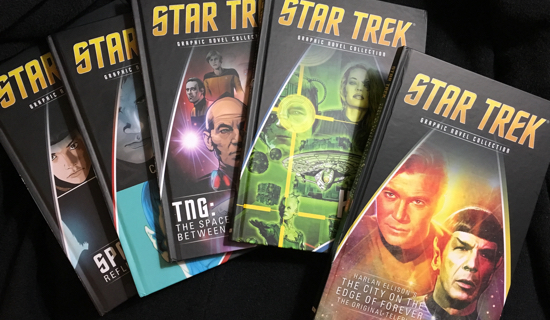
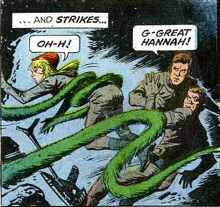
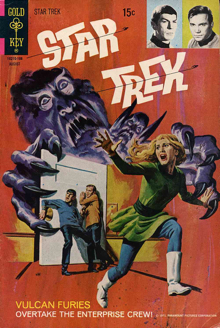
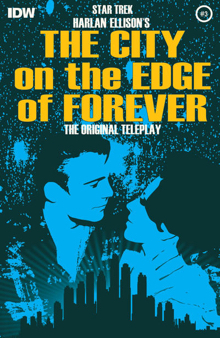

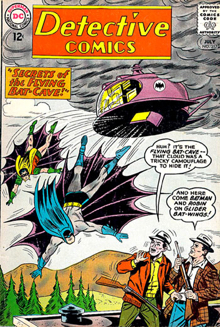


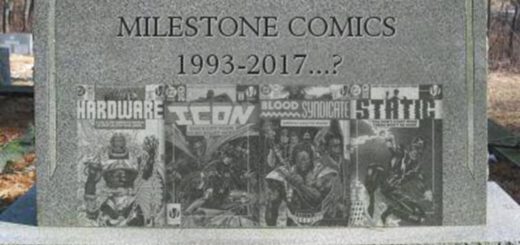

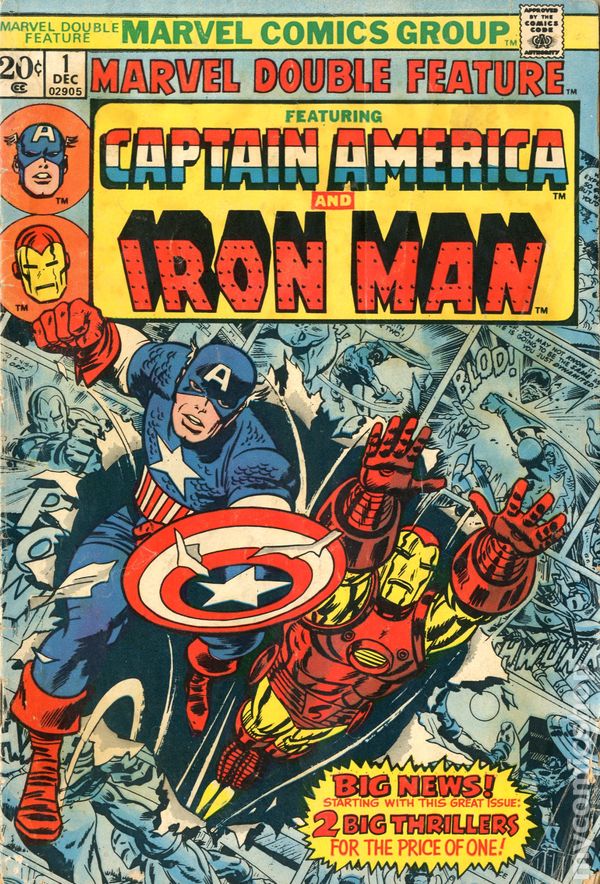
 When I was younger I would go to double features at the movies all the time; sometimes, even a triple feature. It was good value for the money; two movies for the price of one. We also had what was called second run theaters. These were more the neighborhood, smallish theaters that would show films after they had been in the larger theaters. There were even venues that would show old movies and change the program daily. This was before tapes or CDs were out and often were the only way to see old movies on a big screen (as God and Cecil B. DeMille intended).
When I was younger I would go to double features at the movies all the time; sometimes, even a triple feature. It was good value for the money; two movies for the price of one. We also had what was called second run theaters. These were more the neighborhood, smallish theaters that would show films after they had been in the larger theaters. There were even venues that would show old movies and change the program daily. This was before tapes or CDs were out and often were the only way to see old movies on a big screen (as God and Cecil B. DeMille intended).